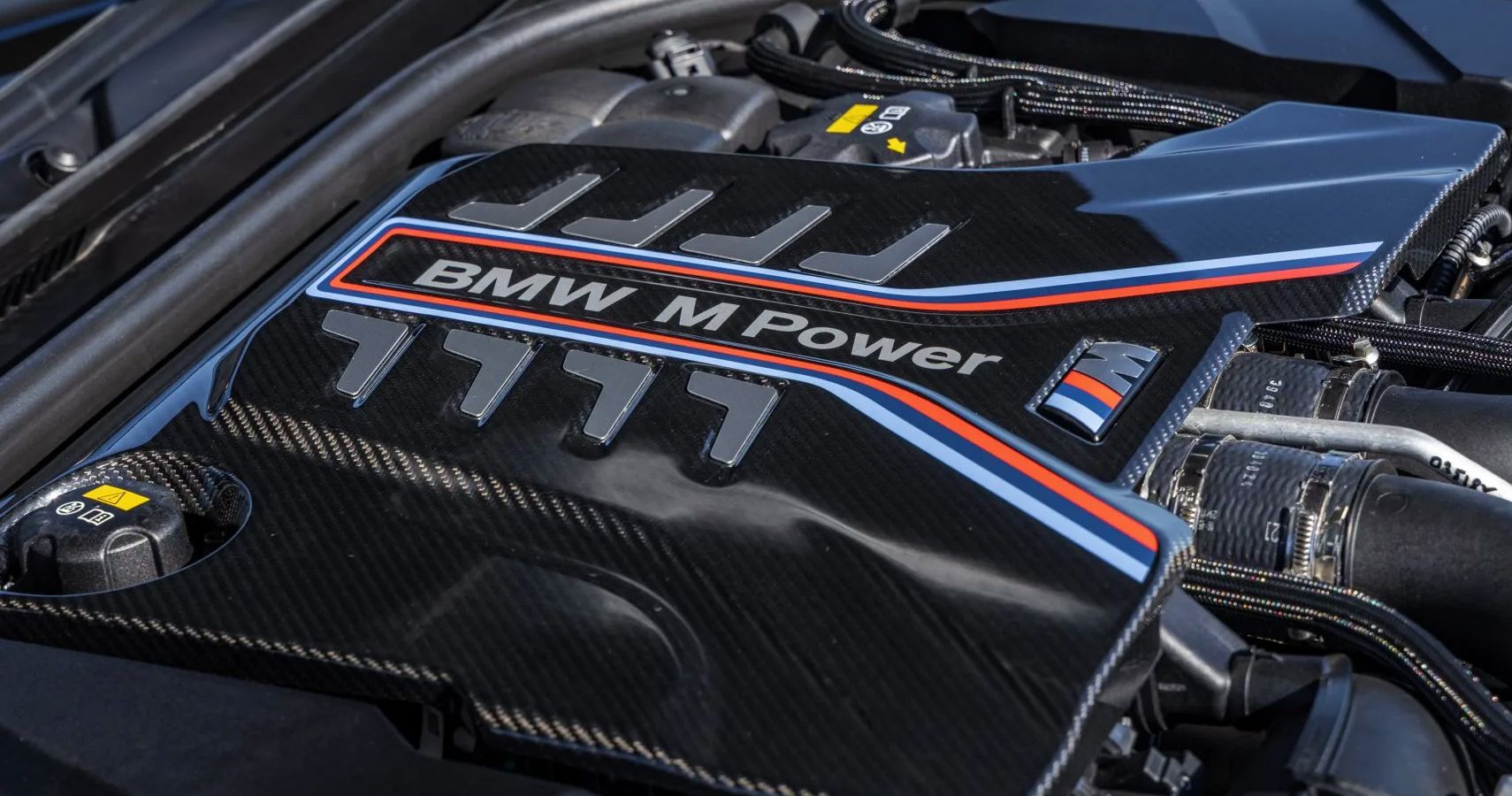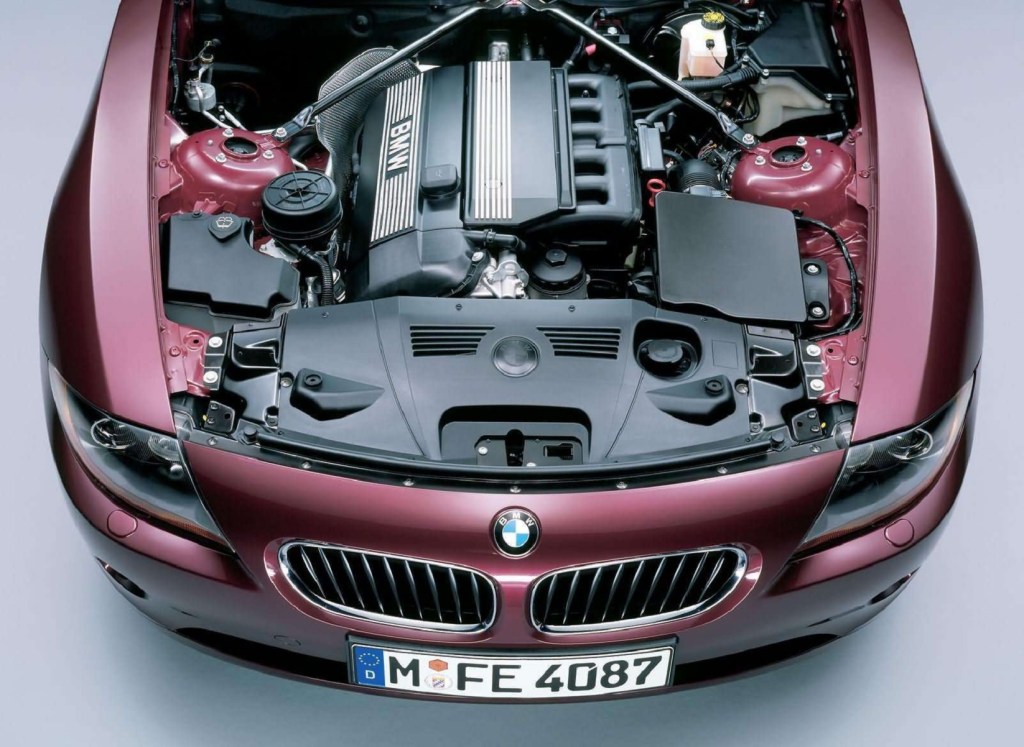The Duty of BMW Engine Style in Getting Exceptional Fuel Efficiency
The Duty of BMW Engine Style in Getting Exceptional Fuel Efficiency
Blog Article
Exploring the Evolution of Combustion Engines in Modern Transportation Systems
As we navigate the landscape of modern transportation, the advancement of burning engines stands as a testament to human ingenuity and design expertise. From their modest starts to the advanced giants propelling vehicles today, combustion engines have actually undertaken an impressive trip of technology and adjustment. Comprehending the complexities of this development not just loses light on the past yet likewise leads the way for envisioning what exists in advance in the realm of transportation modern technology. The interplay of background, modern technology, and ecological issues in forming the trajectory of combustion engines creates a story that is both informative and compelling.
Early Beginnings of Combustion Engines
How did the principle of combustion engines initial emerge in the beginning of transport advancement? When the concepts of internal burning were initial checked out, the origins of burning engines can be traced back to the 17th century. In 1673, Christian Huygens conceived a standard internal burning engine that used gunpowder to produce power. It had not been until the late 19th century that functional applications of burning engines in transportation started to arise.
The innovation moment included the creation of the very first successful gasoline-powered engine by Karl Benz in 1885 - bmw engine. This engine paved the way for the growth of the modern automobile, changing transportation systems worldwide. Subsequent technologies by Nikolaus Otto and Gottlieb Daimler further fine-tuned combustion engine modern technology, leading to the mass production of cars and the quick expansion of the transportation industry
These early combustion engines were defined by their simpleness and effectiveness, laying the foundation for the facility and powerful engines utilized in modern-day transportation systems. The advancement of burning engines has contributed in shaping the means we travel and deliver products, noting a considerable turning point in the history of transportation advancement.
Transition to Internal Burning Technology
The transition to interior combustion innovation noted a crucial shift in the evolution of transport systems. This change began in the late 19th century, with creators like Nikolaus Otto and Gottlieb Daimler creating the very first effective interior combustion engines. These engines reinvented transportation by using a much more effective and efficient option to vapor engines and electrical motors.
One of the key advantages of interior combustion engines was their capability to be scaled down to suit lorries, bring about the advancement of cars and motorbikes. This change from large, fixed engines to compact, mobile ones led the way for the modern-day transportation systems we see today.
The shift to inner burning modern technology also stimulated developments in fuel technology, bring about the growth of gas and diesel as primary fuel sources for lorries. This shift not just made transportation more easily accessible to the masses but also laid the foundation for the oil and gas market to come to be essential to international economies.
Effect of Combustion Engines on Transportation
The fostering of combustion engines in transportation systems catalyzed a profound change in the effectiveness and speed of international flexibility. Burning engines transformed transport by offering a versatile and trustworthy source of power for different cars, including cars, ships, vehicles, and airplanes. This technology substantially enhanced the ability for items and individuals to relocate over cross countries in shorter time structures, leading to increased connectivity between regions and nations.
Moreover, the prevalent use burning engines has actually had a significant effect on economic growth. The capacity to move items effectively has actually spurred profession and commerce, allowing businesses to broaden their markets and reach customers worldwide. This has actually promoted financial development and globalization, as items can now be delivered quicker and in larger quantities than ever.
However, the environmental effect of burning engines can not be neglected. The combustion of nonrenewable fuel sources has led to air pollution and greenhouse gas exhausts, adding to environment adjustment and posturing health dangers to populations. bmw engine. Consequently, there is a growing emphasis on developing different propulsion innovations to reduce these unfavorable results and produce an extra lasting future for transportation
Advancements in Burning Engine Design
Various advancements in burning engine design have actually moved the evolution of transport systems over the decades. One significant development is the advancement of turbocharged engines, which use exhaust gases to drive a wind turbine that presses inbound air, enabling even more fuel to be burnt, causing raised power output without look at here now a substantial boost in engine dimension. Furthermore, straight shot modern technology has actually improved gas performance and performance by exactly controlling the quantity and timing of fuel infused into the combustion chamber. Variable shutoff timing systems have likewise reinvented engine style by enhancing air movement at different engine speeds, boosting both power and performance. An additional significant innovation is the assimilation of light-weight products such as carbon fiber and light weight aluminum alloys, decreasing general engine weight and improving car fuel economic situation. Furthermore, advancements in computer-aided layout have actually made it possible for designers to enhance engine efficiency and performance via simulations before physical models are constructed, saving time and sources in the development procedure. These technologies collectively add to the continual improvement of combustion engines in contemporary transportation systems.
Future Fads in Combustion Engine Advancement
With modern technology innovations driving continuous advancement, the future of burning engine growth is poised to transform transport systems internationally. Among the essential trends in combustion engine development is the push towards higher effectiveness and decreased exhausts. Manufacturers are investing greatly in r & d to improve engine performance while meeting rigorous ecological guidelines. This consists of the combination of sophisticated fuel injection systems, improved turbocharging techniques, and the usage of light-weight materials to optimize gas intake and minimize carbon discharges.
One more popular trend is the adoption of crossbreed technologies in combustion engines. Crossbreed engines combine conventional burning modern technology with electric power, supplying improved gas efficiency click for source and reduced emissions. As the vehicle market changes towards electrification, hybrid combustion engines are seen as a transitional solution that links the void between conventional automobiles and fully electrical ones.
In addition, the assimilation of clever innovations, such as expert system and data analytics, is anticipated to play a substantial duty in the future of combustion engine advancement. These innovations can maximize engine performance in real-time, bring about a lot more efficient burning procedures and improved total lorry performance. Accepting these future trends will not just drive innovation in combustion engine advancement but additionally add to an extra ecologically pleasant and lasting transportation environment.

Conclusion
Finally, the advancement of burning engines in modern transportation systems has actually been marked by substantial advancements in innovation and layout. From the very early starts of burning engines to the transition to internal combustion innovation, these engines have had a profound effect on transportation. Developments in burning engine design remain to drive development in this field, with future fads concentrating on further enhancing efficiency and lowering emissions. The future of combustion engines in transportation looks appealing as r & d initiatives continue to press borders.
The roots of combustion engines can be mapped back to the 17th century when the principles of inner combustion were initial explored. These engines changed transportation by offering a much more powerful and efficient alternative to heavy steam engines and electrical motors.

Report this page